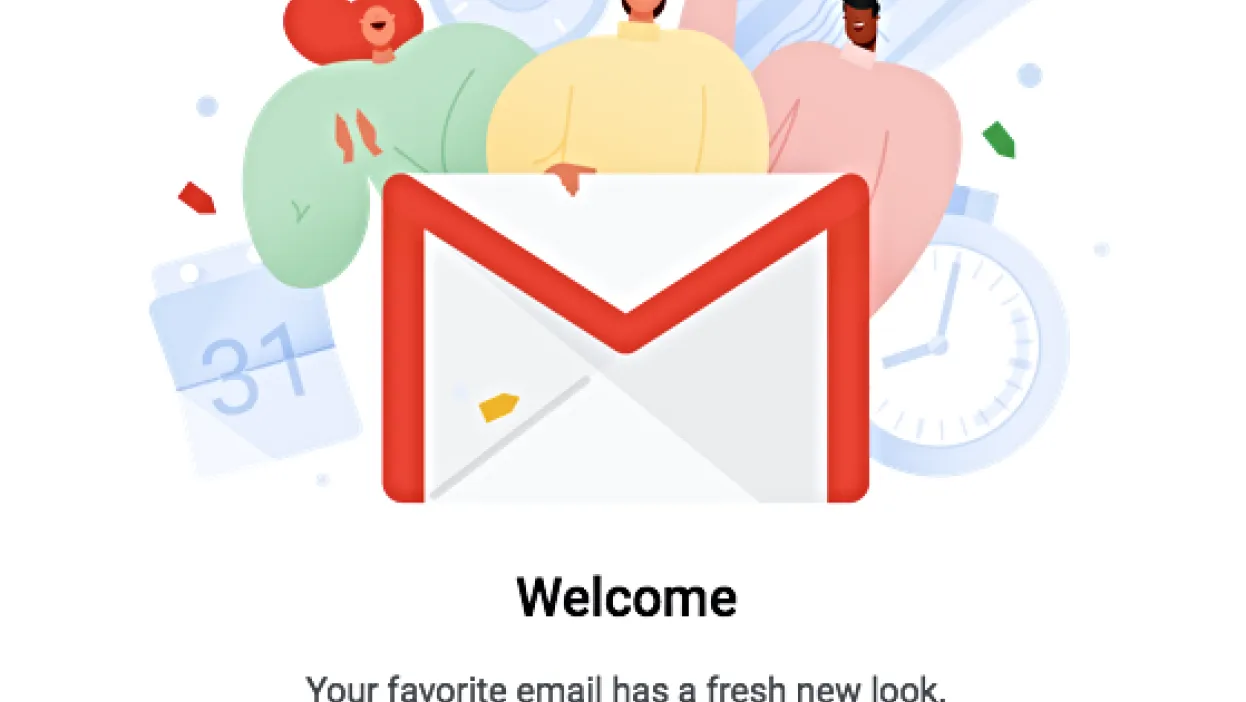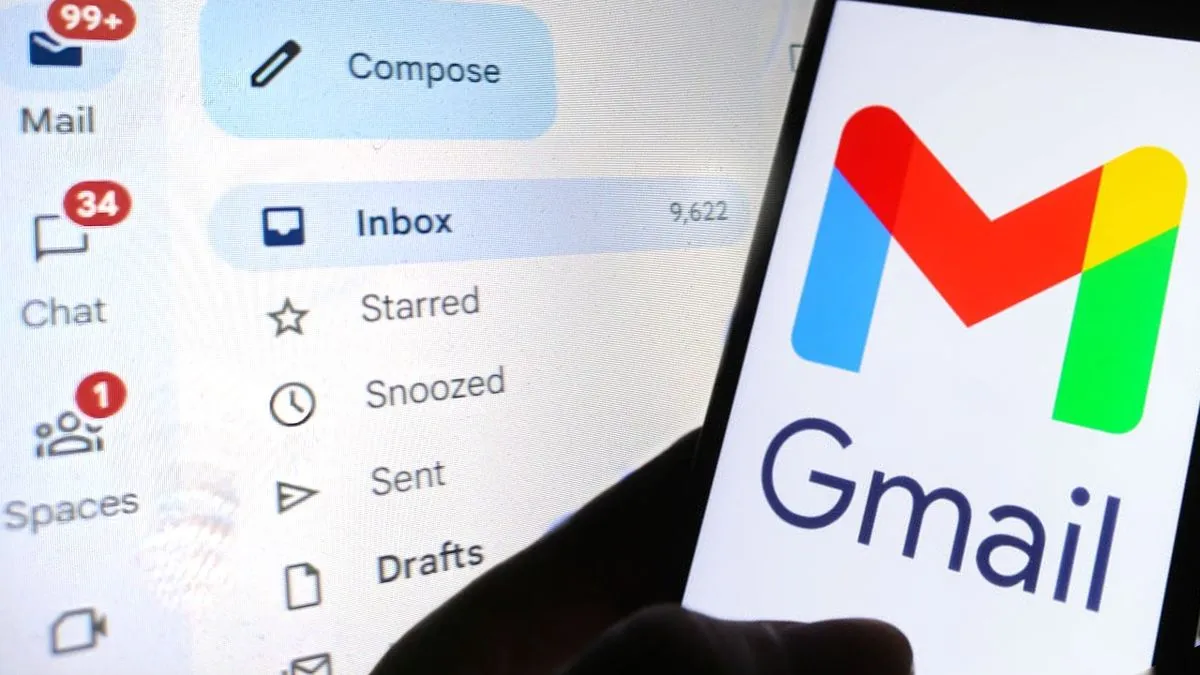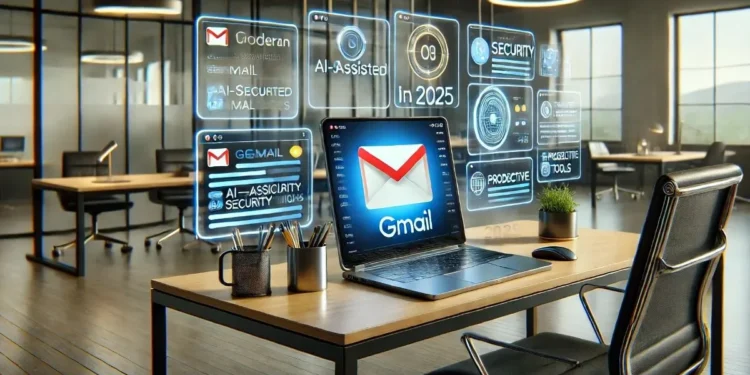Your inbox is under siege like never before. The FBI’s recent warnings about the surge in email and website threats during the holiday season underscore a grim reality: despite Google’s efforts to block “more than 99.9% of spam, phishing, and malware,” the challenges are mounting. The introduction of cutting-edge AI models trained specifically to combat phishing, malware, and spam is a testament to the escalating arms race between cybersecurity measures and cybercriminals who leverage AI to craft more convincing scams.

Why Change is Necessary
Email technology, at its core, remains remarkably unchanged and exposed. Anyone can access anyone else’s inbox with just an email address, a fact that has not gone unnoticed by cybercriminals. This vulnerability has made email addresses a prime target, often treated as disposable assets by attackers who exploit them for spam, scams, and phishing attacks.
This situation is made even more precarious because email addresses are often used as primary credentials for logging into various online services. This widespread practice has turned email addresses into valuable targets for cybercriminals, leading to a pressing need for more secure alternatives.
Innovations in Email Privacy
In response to these vulnerabilities, tech giants like Apple and Google are innovating new ways to protect user privacy. Apple’s “Hide My Email” feature and Google’s upcoming “Shielded Email” are pioneering changes that allow users to generate disposable email addresses. These addresses can forward to a primary account, reducing the risk of exposing one’s real email address online.
Shielded Email, revealed through an Android APK teardown by Android Authority, is particularly notable. It offers a system for creating single-use or limited-use email aliases. This is a significant step forward in email security, giving users more control and minimizing their exposure to potential threats.

The Broader Context of Communication Security
The challenges faced by Gmail mirror those affecting other communication standards like RCS (Rich Communication Services), which has also been criticized for its security vulnerabilities. Just as with email, the lack of effective spam filters and security measures in RCS messaging has been a point of concern, indicating a broader issue across communication technologies.
The Future of Email in 2025 and Beyond
Looking forward, the evolution of email must include both central and device-side improvements. On-device AI could help flag spam and malicious emails that evade central screening processes, providing an additional layer of defense that adapts to the evolving tactics of cybercriminals.
Moreover, the potential introduction of a new email platform by Elon Musk, which promises to integrate email with messaging in a more secure and streamlined fashion, reflects a growing recognition that fundamental changes are necessary.

As we navigate these changes, it is crucial for users to adopt new technologies like Shielded Email as soon as they become available. The transition to more secure email practices may be challenging, but it is essential for protecting against the sophisticated threats that lie ahead.
With the New Year just around the corner, consider making email security a priority in your resolutions. Updating your email practices can protect you from the newest threats and ensure that your online presence remains safe and secure. This proactive approach is not just advisable—it’s becoming a necessity as we head into a new era of digital communication in 2025.










